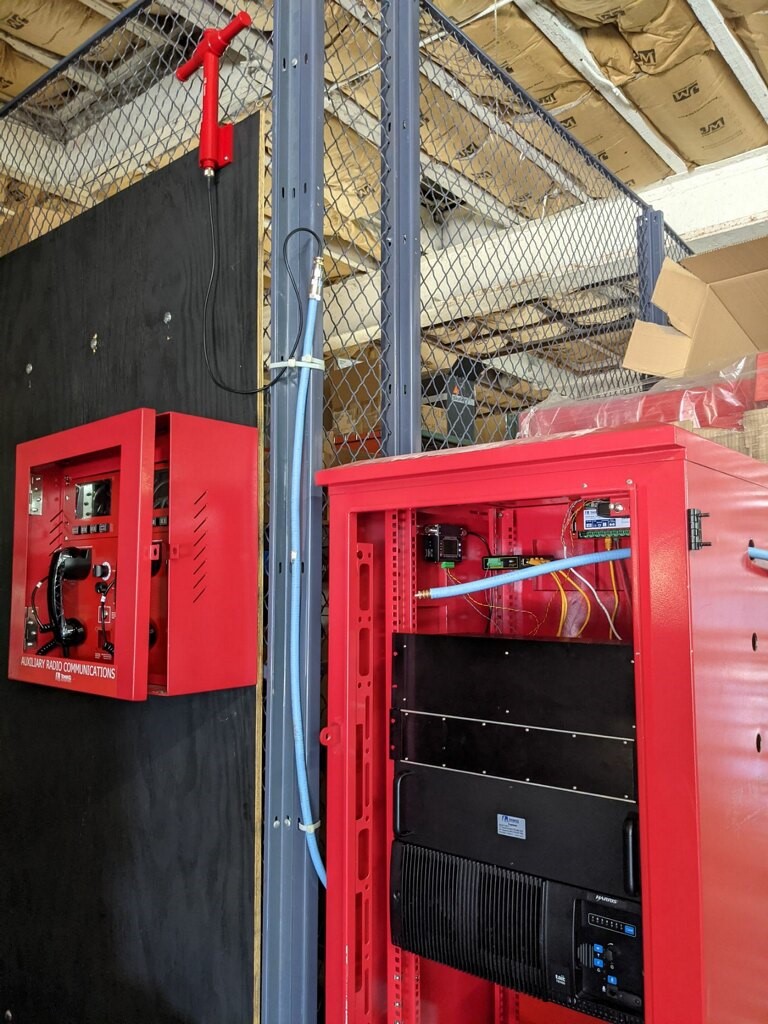The traditional passive BDA systems that are required on Long Island are different from the ARC systems that Safeway Fire mostly works with. ARC systems in NYC are designed to only operate locally within the envelope of the building it is deployed in.
Bi-Directional Amplifiers that are required on Long Island work by taking a signal that is already in the area used by local first responders and distributing that signal throughout a building’s infrastructure. Then in the other direction, they pick up weak signals from handhelds within the building and amplify them and direct them back into the agency’s repeater network.This type of infrastructure is designed to allow first responders to remain on their normal working channels and be able to communicate through the internal walls of a building, and to command outside.
When multiple of these BDA systems are deployed in close proximity to each other, unlike when dealing with ARCS systems contained to the building envelope, interference becomes an issue. ARCS systems work on radio channels that are designated to be used within buildings, so any interference on those frequencies will not interrupt any operational channels elsewhere. But with interfering BDA systems, any feedback will be amplified into the macro radio system, possibly making the whole channel unavailable for anybody who relies on it.
When designing a close complex of buildings that require two-way radio signal distribution, the best way to configure the system is not as a passive distribution network but instead actively, the same way cellular service or Wi-Fi is implemented.
This approach involves a BDA master unit for each building, and a couple of remote amplification units that will each handle a certain coverage zone. These units will be linked together using a fiber connection. (Not Supplied) Connecting them in this way allows the software to monitor the complex as a whole and ensure that no improper signals are leaking out causing issues in the macro radio service. As an extra precaution, these units always have their transmit amplifiers off but continuously monitor and discern between noise and the moment somebody keys up the mic, so that they can be instantly activated and transmit no noise while idle.
Author: Nick Buonaiuto

